Maintaining the right tire pressure is crucial for vehicle safety, fuel efficiency, and tire longevity. Temperature fluctuations can affect tire pressure, but understanding how and why can help you make informed decisions about tire maintenance. Let’s dive into the details.
1. Temperature Has Minimal Impact on Tire Pressure
Many drivers notice their tire pressure rises during hot weather. For example, your morning tire pressure might increase to 2.8 bar (41 PSI) after a temperature spike. However, this is rarely a cause for alarm.
How Temperature Affects Pressure
Continental’s research shows that for every 10°C (18°F) rise in temperature, tire pressure increases by approximately 0.11 bar (1.6 PSI). Most tires have a maximum pressure rating of 3.4–3.5 bar (49–51 PSI), which is far higher than typical summer pressures. Even a 20°C (36°F) temperature increase only raises pressure from 2.5 bar (36 PSI) to 2.7 bar (39 PSI), well within safe limits.
Manufacturer Guidelines
Electric vehicles (EVs) often recommend higher default pressures (e.g., 2.8–3.0 bar / 41–44 PSI) due to their weight. Michelin confirms that minor pressure fluctuations from temperature changes don’t require adjustments.
2. Benefits of Slightly Higher Tire Pressure
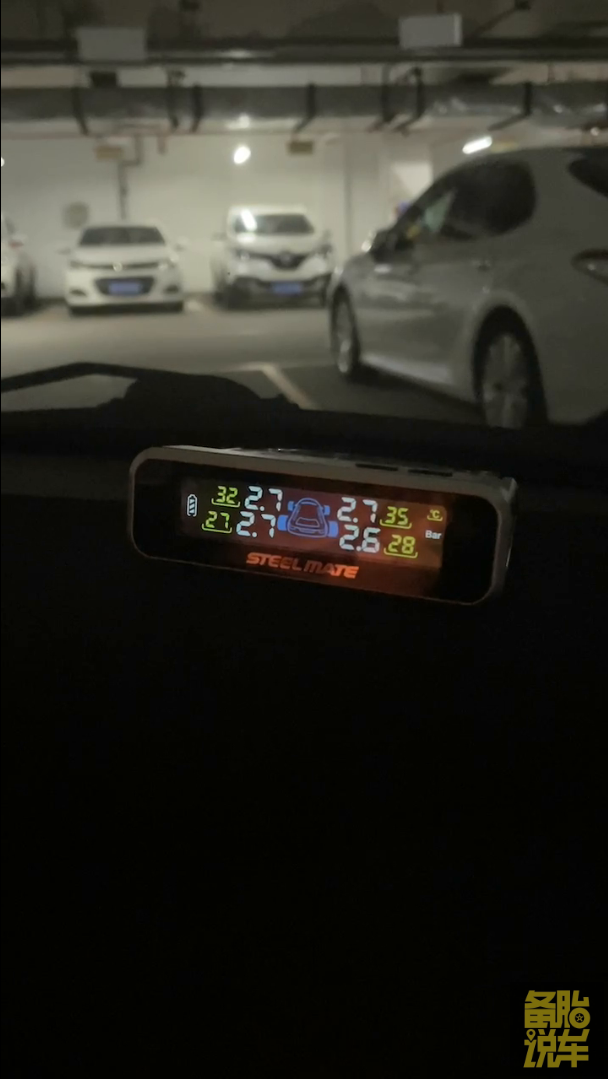
Maintaining slightly elevated tire pressure offers several advantages:
Improved Safety for Highway Driving
Bridgestone recommends increasing pressure during prolonged high-speed driving. Low pressure causes excessive tire flexing, raising sidewall temperatures and increasing blowout risks. Properly inflated tires maintain structural integrity, reducing heat buildup.
Better Fuel Efficiency
Studies show that raising pressure from 2.2 bar (32 PSI) to 2.4 bar (35 PSI) reduces rolling resistance by 3.6%, and further increases to 2.6 bar (38 PSI) cut resistance by 7.7%. This translates to lower fuel consumption, especially for vehicles with high-profile tires.
Enhanced Load Capacity
Heavier vehicles, like EVs or cars carrying roof racks, benefit from higher pressures. Check your vehicle’s door jamb or manual for load-specific recommendations.
Reduced Maintenance Frequency
Tires naturally lose 0.1–0.2 bar (1.4–2.9 PSI) monthly. Higher initial pressure extends intervals between refills.
3. Common Questions About Tire Maintenance
Here are answers to some frequently asked questions about tire maintenance:
Should I Use Cold or Hot Patching for Repairs?
- Cold Patching: Quick and affordable but less durable. Ideal for small punctures.
- Hot Patching (Vulcanization): Bonds rubber permanently using heat. Better for larger damage but requires skilled technicians.
Avoid sidewall repairs—replace the tire if damaged.
Understanding Tire Sidewall Markings
Codes like “225/55R17” indicate:
- 225: Tire width in millimeters.
- 55: Aspect ratio (sidewall height as % of width).
- R17: Rim diameter in inches.
Look for “Max Pressure” and load index ratings for safety.
Why Are Larger Wheels Popular in New Cars?
Larger wheels improve aesthetics and handling. Wider tires increase grip, while low-profile designs enhance cornering stability. However, they may reduce ride comfort.
4. Pro Tips for Optimal Tire Care

Follow these tips to keep your tires in top condition:
Monthly Checks
Use a reliable gauge—never rely on visual inspections. Tire pressure can vary significantly based on temperature and driving conditions.
Seasonal Adjustments
Increase pressure by 0.2 bar (2.9 PSI) in winter to compensate for colder temperatures; reduce slightly in extreme heat to prevent overinflation.
Invest in Tools
Portable inflators (≈$20–$50) simplify pressure management. They allow you to adjust tire pressure at home or on the go, ensuring your tires are always at the optimal level.
Final Note: While higher pressures offer benefits, never exceed the maximum limit stamped on your tire. Balance safety, efficiency, and comfort to extend tire life and ensure smooth drives.
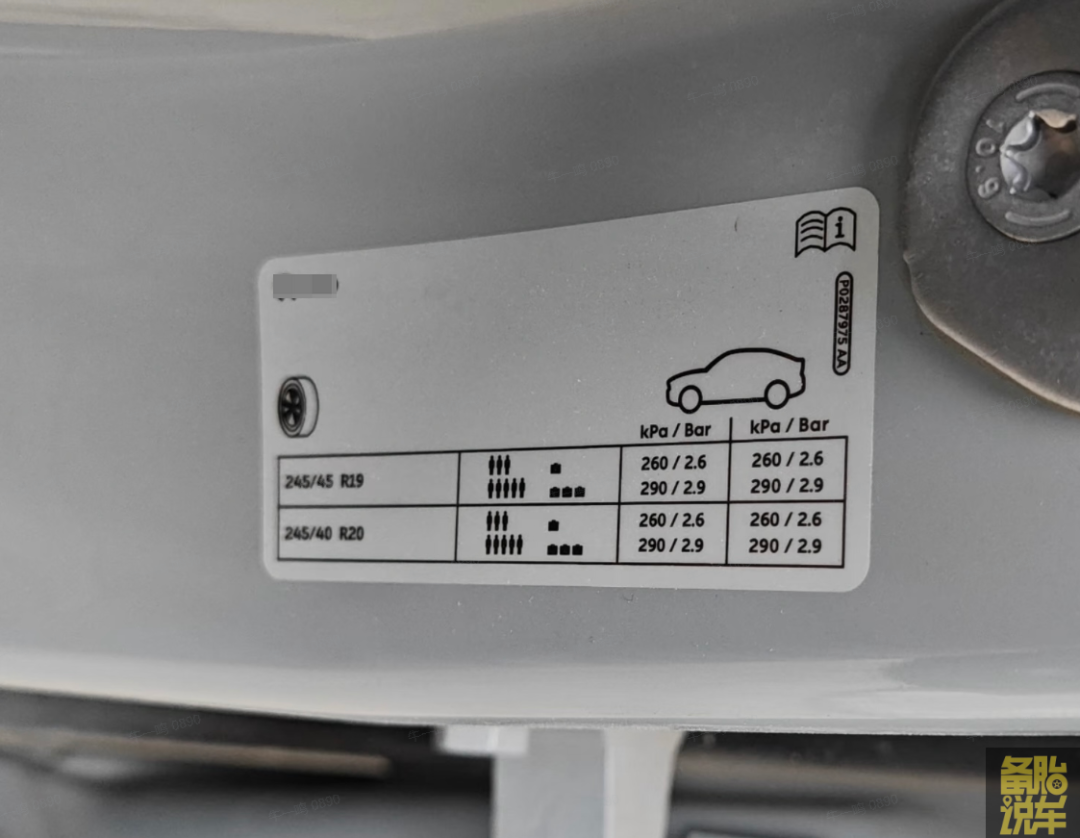
By following these guidelines, you can ensure your tires perform optimally, providing safety, comfort, and efficiency on every journey.
Additional Images for Visual Reference


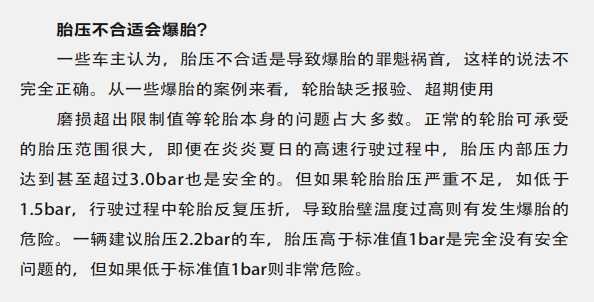

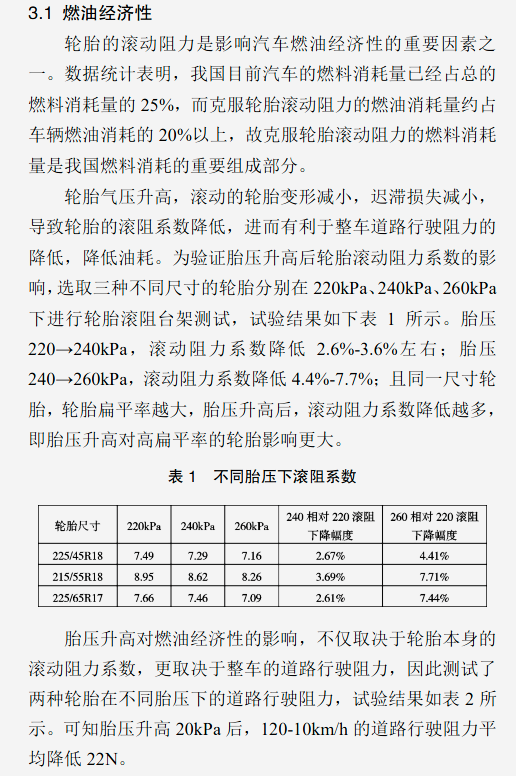

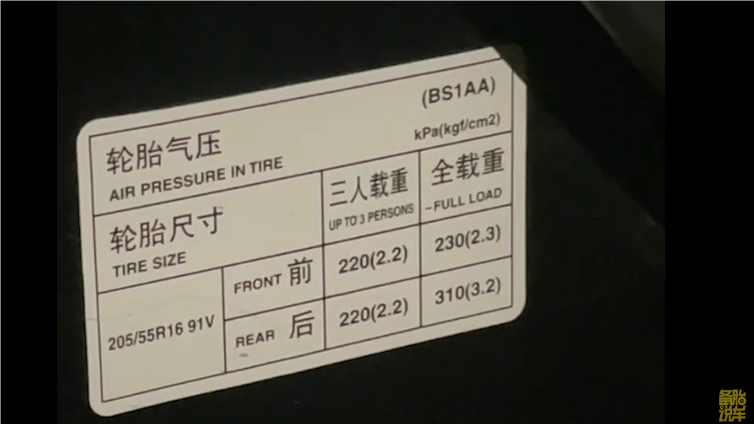

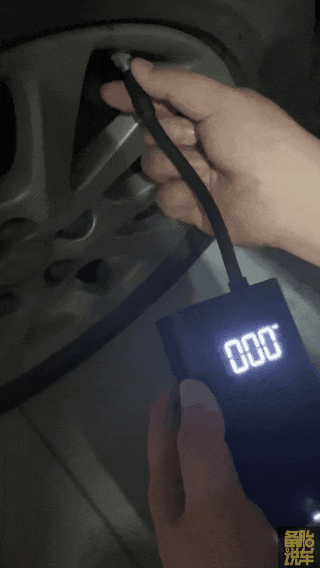
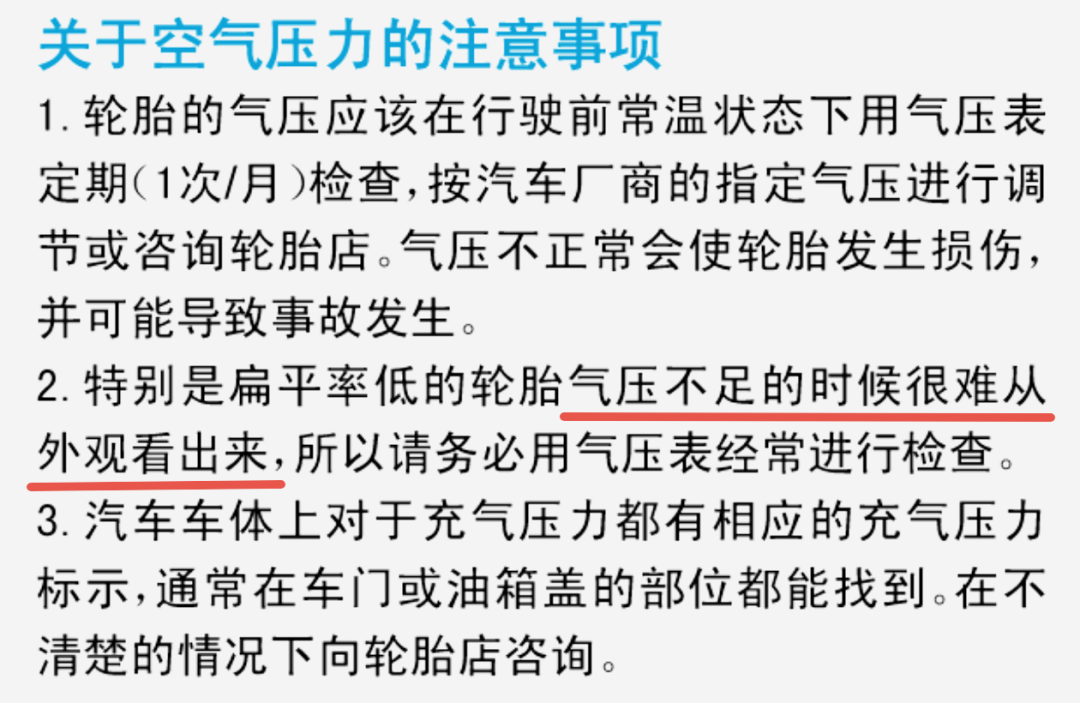
Key Sources: Continental Tires, Bridgestone Tires, Michelin Tires, automotive industry research studies.
